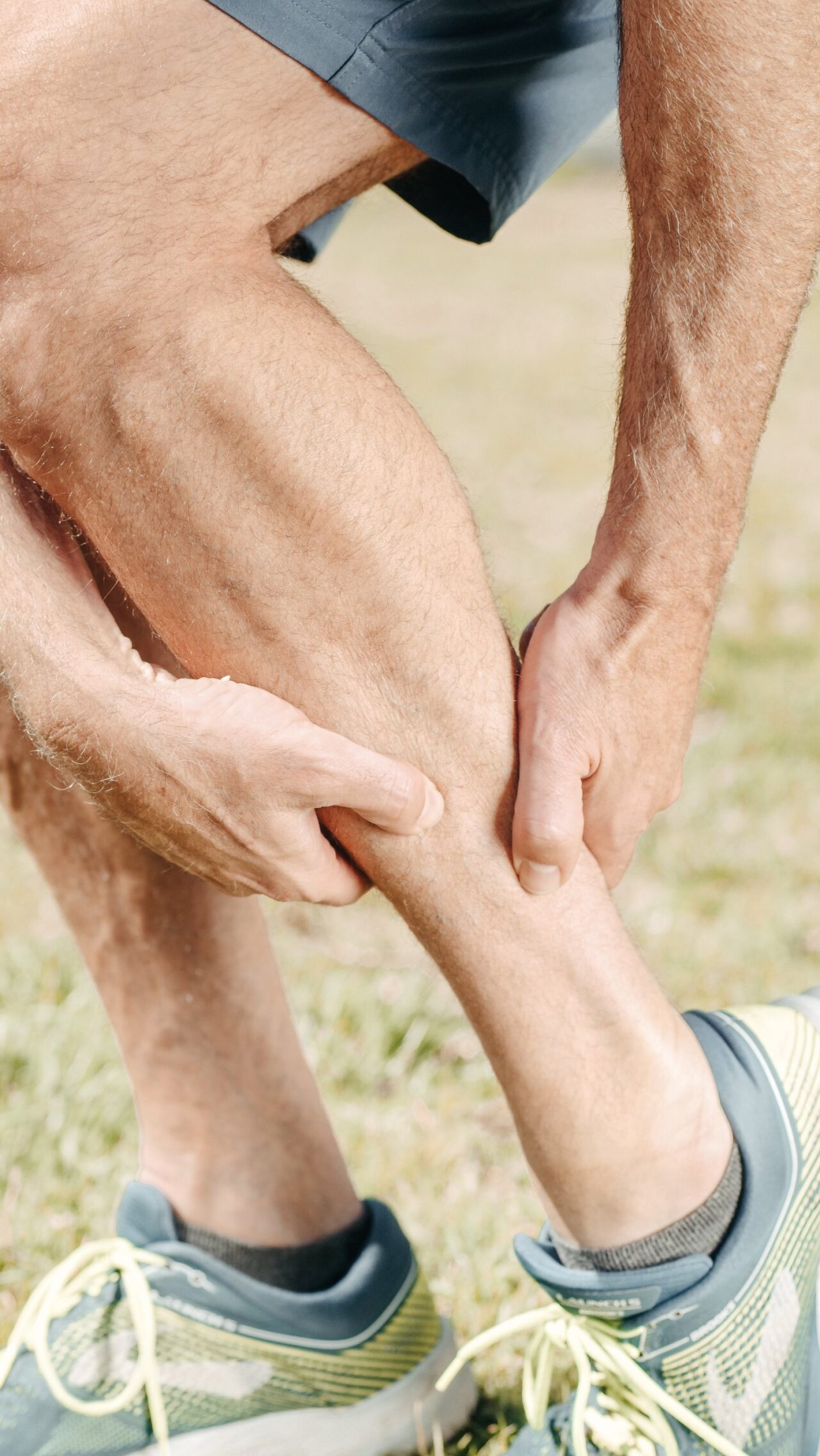What are shin splits and who gets them?
Medial tibial stress syndrome (MTSS), aka shin splints, is a common injury in impact sports and has a high prevalence in runners making up “10-20% of all running injuries and 60% of all lower-limb overuse injuries” (1). This diagnosis is commonly treated in our Boulder Physical Therapy and Lafayette Physical Therapy clinics. MTSS is thought to be caused when the repetitive stress of the activity exceeds the tissue’s capacity to recover. These stresses can be caused by impact from the surface the individual is running on as well as from the the traction forces imparted on the leg bones from the stabilizing muscles during the activity (1). Some identified risk factors for MTSS include sudden increases in training volume/length/intensity, running on hard or uneven surfaces, and aging footwear (1).
Thinking about preventing shin splints?
The best method for preventing shin splints is careful consideration of training volume and intensity (1). Other preventive measures in the research have focused on developing strength in the core, hip, and gluteal muscles (WATCH VIDEO HERE) as well as engaging in activities which help to improve the runner’s balance and running mechanics (1) (WATCH VIDEO HERE). Interestingly, stretching to help manage MTSS has less evidence to support its efficacy now (1).
So what should I do about it?
When a runner comes in our Boulder Physical Therapy and Lafayette Physical Therapy clinics with concerns of shin splints or preventing further injury I will take them through an assessment of their strength, mobility, balance and ability to properly load their legs with impact (jumping/running/lunging/squatting/etc). Then, I help them build a routine to help strengthen the areas where they have a deficit. We often incorporate a combination of manual therapy and home mobility drills to help the runner engage the right muscles with the appropriate range of motion for ideal gait mechanics, and then focus on strengthening hip and core musculature, first in static positions, and then adding more dynamic movements and heavier weights to better simulate the forces acting on the body during the run.
Click Here to schedule your next appointment with the experts at MEND
Source:
(1) Cureus. 2022 Jul; 14(7): e26641. Published online 2022 Jul 7. doi: 10.7759/cureus.26641
PMCID: PMC9356648PMID: 35949792

